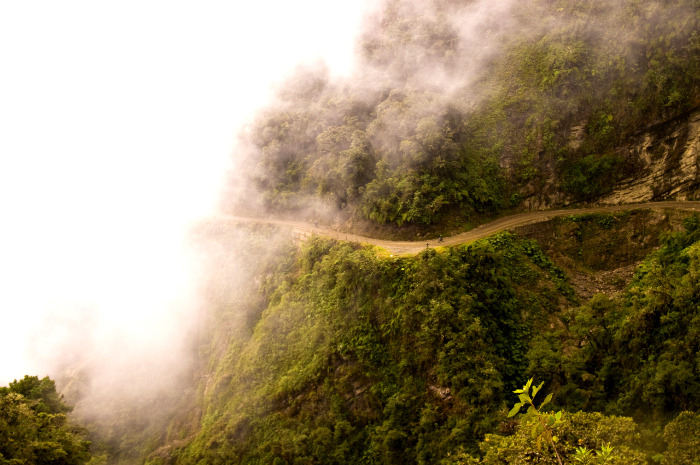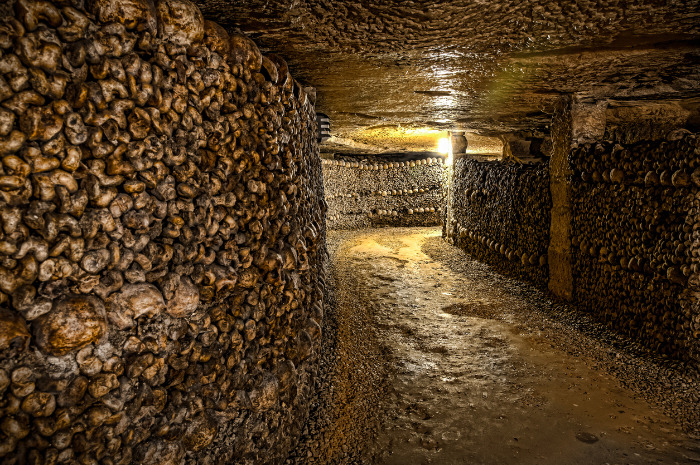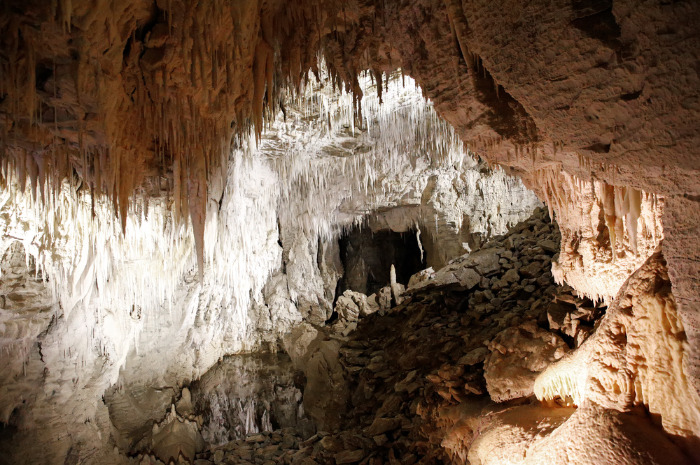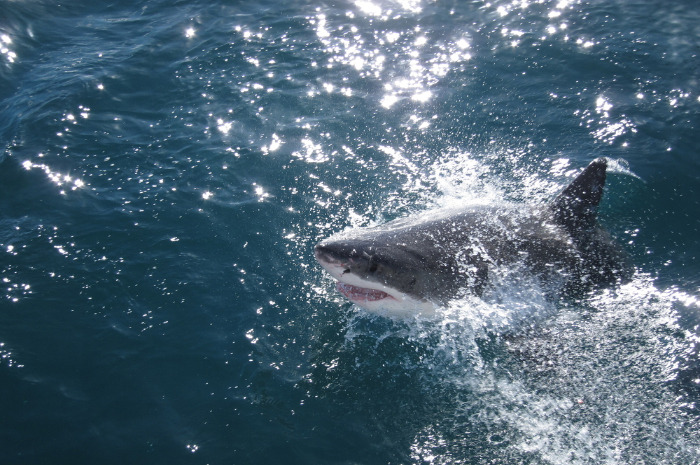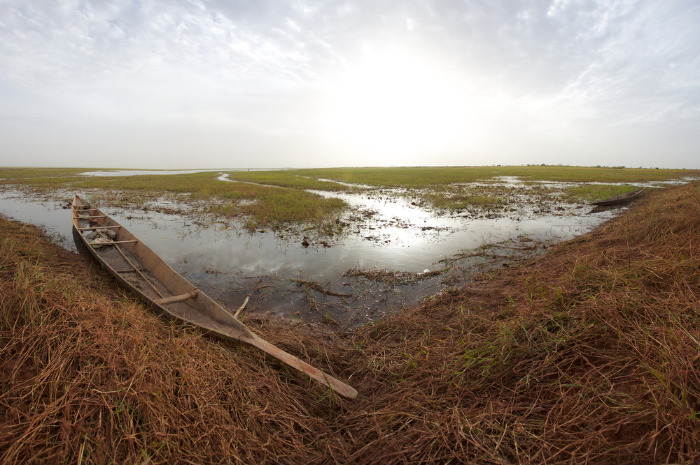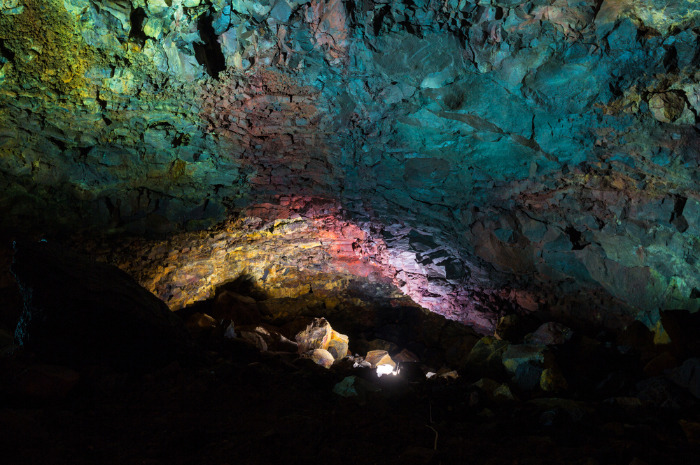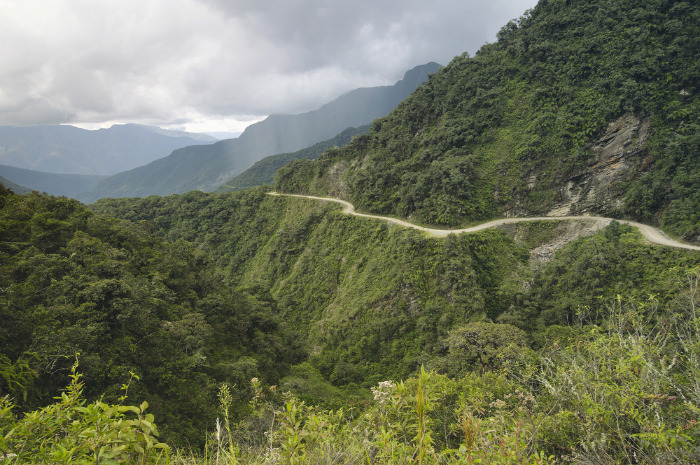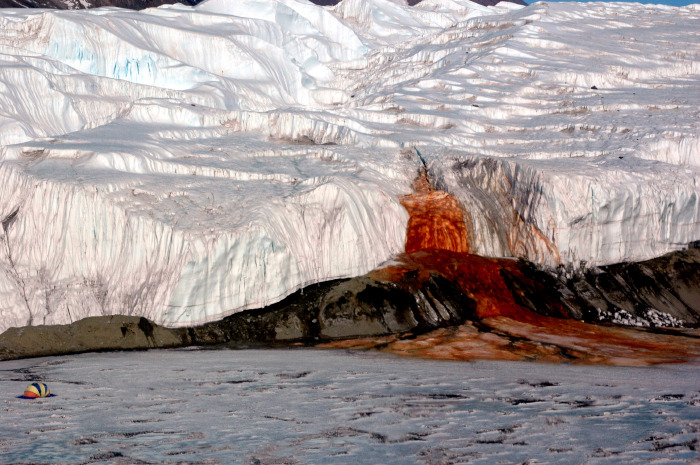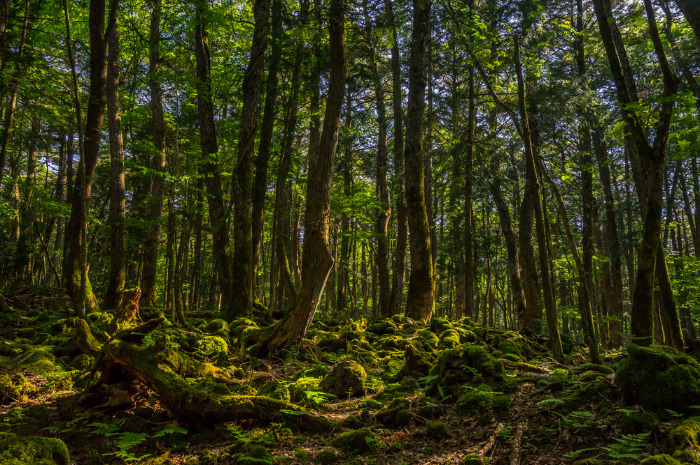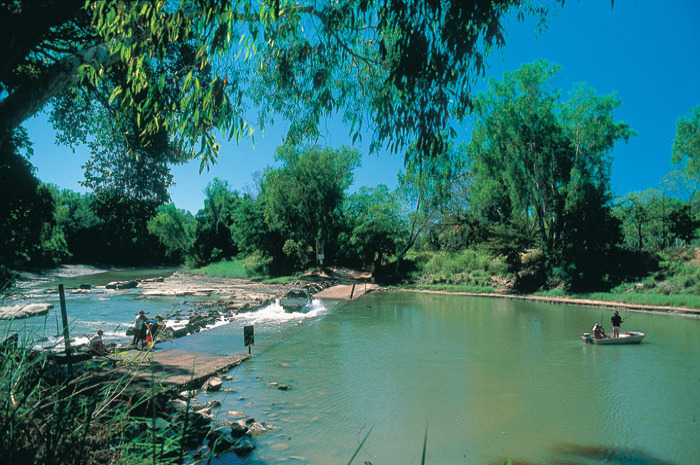10 Of The Most Terrifying Places On Earth
10 of the Most Terrifying Places on Earth
Planet Earth is home. But it's not always home, sweet home. In fact, some areas are downright deadly. Others, while not deadly, will give you goose bumps and make the hair on the back of your neck stand up at just the thought of them. From harsh, natural elements that can inflict all kinds of harm to manmade places featuring human bones, or worse, doll parts, here are a few of the most terrifying places on earth.
Paris Catacombs
If you go to its official website, the Paris Catacombs notes that it prefers to be known as the municipal ossuary. In other words, the city's room for the dead. In this case, the "room" is a network of subterranean tunnels containing the bones of more than 6 million people. When the graveyards around Paris began to get too crowded in the 18th Century, someone had the bright idea to exhume the individuals from their plots and pile their bones, to conserve space, more efficiently underground. Most people who come to Paris visit the Eiffel Tower or Notre Dame, but a few brave souls (up to 200 at a time) walk down a dark, damp staircase and follow a winding path through the walls of humans' past. The tunnels stretch for miles and most of it is blocked off to the public. But there are reportedly several secret entrances. Although there's a legend about a man who ventured in on his own and never made it out alive.
The Lost World, Waitomo Caves, New Zealand
When your tour guide warns you to tie your hair back otherwise you'll get scalped, you may begin to have second thoughts about where he's taking you. Disclaimer: You won't be scalped by a person, but rather, by the place. If your hair gets caught while abseiling down into The Lost World, it will rip your entire scalp off. The Lost World is a deep, dark ancient cavern in New Zealand's Waitomo Caves, known for their most famous residents, arachnocampa luminosa—glowworms. The caves are also covered in fossils, a reminder of the organisms—some as big as whales—who once perished here. A recent visitor had to walk by the carcass of a rotting sheep. The poor animal slipped on the rocks and fell down, down, down. Note, to visit The Lost World properly, with a tour, it costs $540 and takes about seven hours. If you just want a peek down into the cave, a nearby sinkhole called The Window offers a nice view.
Shark Alley, Western Cape, South Africa
Every week is shark week in this shallow channel frequented by one of the largest predatory fishes on the planet—great white sharks. Even from inside a shark diving cave—this site is super popular for shark diving—you can't help but wonder if the jaws on one of these 15-foot-long, 2,000-lb. beasts can break through iron. A single bite from a great white can be fatal. Fortunately, they feast on the thousands of Cape fur seals living on the islands surrounding the channel. The summer months, June—August, are the best time to catch sight of the great whites breaching and eating seal pups. If you're into that sort of thing...
Niger Delta, Nigeria
In Marvel Comics, The Avengers are good guys. In Niger Delta, the avengers are likely to kidnap you and/or kill you. This militant group, one of several in the region, is best known for blowing up pipelines and doing whatever they can—equipped with submachine guns and speedboats—to stall the oil industry and anyone working in it. This wetlands region in south Nigeria—is also infamous for piracy. It's the second-most pirate-trafficked country in the world, after Somalia. Hundreds of people have been kidnapped in the past 20 years and according to the U.S. Department of State Bureau of Diplomatic Security, some of these victims were Americans.
Thrihnjukagigur Volcano, Iceland
Even though it's been dormant for a few thousand years, Thrihnjukagigur Volcano in Iceland is hard to visit without wondering "What if?" As in, what if it decided to erupt again? This ancient volcano in Iceland is the only volcano in the world where you can go inside. The seven-minute elevator ride down into the magma channel is not for anyone who is claustrophobic. Your lift is touching the rock walls for much of the ride down into utter darkness. It's not the Tower of Terror kind of sudden freaky, but rather, a silent unsettling fear inside your head that you are getting dangerously close to the Earth's deadly 6,000° Celsius core.
North Yungas Road, Bolivia
Aptly nicknamed "Death Road," this winding one-lane dirt and in some places, paved, road in South America is considered the world's most dangerous. According to Slate.com, an estimated 200-300 people die each year on this rural road running from the Andes down into the Amazon. Not only does the road lack guard rails while fronting 2,000 ft. drops, but it's also commonly covered in fog so visibility is poor, at best. Mudslides and rockslides have claimed many lives but still, that doesn't stop the thousands of mountain bikers who come very year to ride the 40-mile stretch starting at 15,400 ft. The views, when the weather cooperates, are incredible. But all it takes is one wrong move to go careening off a cliffside and down into the deadly jungle below.
Blood Falls, Antarctica
Most waterfalls are terrifying because of their height or volume. But blood falls is eerie because of its color. Aptly named for the dark red water flowing out of Antarctica's Taylor Glacier, Blood Falls is more freaky than frightening. Interestingly enough, it wasn't until recently that the source of the falls' odd color was identified by scientists. For years, they accredited it to red algae but in the last two years they've discovered it actually comes from the water's composition—a briny mix extremely high in iron. What makes the falls seem particularly gory is the fact their brownish-red hues are juxtaposed against the stark white of the icy backdrop.
Aokigahara Forest, Japan
Like most places on this list, Aokigahara Forest in Japan goes by another name. "Suicide Forest" lies in the shadow of Mount Fuji and it's perhaps the most haunted forest on earth. According to Atlas Obscura, it's the second most popular place to kill oneself, after the Golden Gate Bridge. Since the 1950's, anywhere between 30-150 people a year have gone into the forest with no intention of ever coming out. According to National Geographic, there was one period where officials found 36 bodies in a span of 37 days. The Japanese believe the souls leave these bodies and then actively work to trap others in the forest as well. So, even if you go in as an innocent hiker with a will to live, you may find the forest doesn't want to let you go. Most people blame the economic downturn in Japan for spurring the trend, and officials are actively trying to reverse it by posting phone numbers for mental help on signs at the trailheads.
Island of the Dolls
Mankind is 100 percent responsible for this unsettling sight on an island south of Mexico City. The Island of the Dolls was never intended to be a tourist destination. Rather, the creator—and by create, we mean adorning a forest with doll parts—did so to keep a little girl who supposedly drowned on the island company. It wasn't the only drowning on the island. Coincidentally, or not if you believe the dolls are possessed by evil spirits, the caretaker of the island who was responsible for collecting most of the creepy, discarded and now decomposing dolls, drowned himself in 2001. Visitors to the island report seeing the dolls' eyes move and have heard them speaking softly to each other, perhaps planning something evil. To visit the island, take a gondola or ferry boat from Mexico City's Xochimilco canals. Atlas Obscura estimates the four-hour off-the-beaten-path adventure, round trip, costs about $75.
Cahills Crossing, Australia
Crocodile-infested is the perfect way to describe this popular feeding ground for saltwater crocodiles. In a stretch of only three miles, more than 120 of the world's largest reptiles roam, or more often than not, pretend to be logs until prey lands on them. These crocodiles also seem to have an appetite for humans. In 1987, a crocodile at Cahills Crossing attacked a fisherman in front of his friends. They reported watching him get decapitated by the beast. Another visitor to the area reported being stalked by a croc. Despite the prevalence of 14-foot-long "salties"—sometimes in groups of several dozen—some people can't resist the temptation to try to wade across the murky river. The unfortunate ones end up having their bodies discovered, if they're that lucky, by national park rangers.
